Injury prevention for girls involves a multifaceted approach tailored to address their unique physiological, psychological, and developmental aspects. Understanding the intricacies of their anatomical differences compared to boys is pivotal in devising effective preventive strategies.
Injury prevention for girls is significantly bolstered by customized training programs that specifically target muscle imbalances and enhance agility.
Ensuring girls receive comprehensive education about proper nutrition, crucial for bone health, performance optimization, and swift recovery, stands as an imperative pillar in building resilience against injuries.
Addressing psychosocial factors like stress, and body image, and fostering peer support significantly impacts injury susceptibility. Customized warm-up and cool-down routines optimize performance and reduce injury likelihood.
Equipment optimization ensures proper gear fit and technological advancements for safety. Monitoring growth and development allows for adaptive training strategies. Cultivating a culture of open communication among athletes, coaches, and support networks ensures early identification and proactive injury prevention measures.
Understanding Physiological Differences:
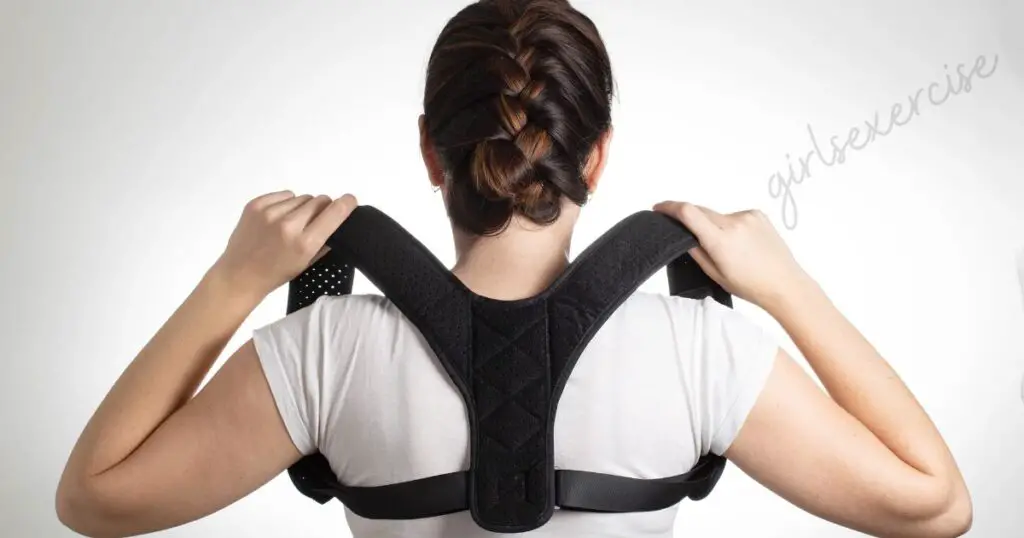
Distinctive Biomechanics and Anatomy:
Girls’ injury prevention hinges on their distinct biomechanics and anatomy, which significantly impact their susceptibility to specific injuries. Variances such as wider pelvises, differing muscle mass distribution, and ligament laxity compared to boys dictate.
How their bodies react to physical stress. These nuanced physiological differences necessitate tailored injury prevention strategies to mitigate risks effectively.
Impact on Injury Susceptibility:
The distinctive physiological attributes in girls often contribute to specific injury patterns. For instance, the wider hips in females may influence the alignment of the lower limbs, potentially affecting the mechanics of movements like running or jumping.
Greater ligament laxity might increase the risk of joint injuries such as ACL tears. These differences underline the necessity for targeted injury prevention measures.
Tailoring Prevention Strategies:
By recognizing and comprehending these physiological disparities, tailored injury prevention strategies can be developed.
This involves focusing on exercises that strengthen specific muscle groups to compensate for anatomical variations, implementing training regimens that enhance stability, and employing techniques that reduce the risk of common injuries associated with these physiological differences.
Incorporating these tailored strategies into training protocols can significantly reduce the likelihood of injuries among girls participating in sports. Understanding physiological differences isn’t merely acknowledging the surface variances; it’s about delving deep into how these differences influence the body’s mechanics and injury susceptibility.
It involves appreciating the nuances in muscle, bone, and joint structures and how they impact movement patterns. It’s this level of detailed understanding that forms the foundation for effective injury prevention strategies specifically designed for girls.
The insights gained from comprehending these physiological disparities pave the way for a paradigm shift in injury prevention. It’s about recognizing that a one-size-fits-all approach isn’t optimal in sports, particularly for girls, given their unique anatomical makeup.
This deep understanding serves as the cornerstone for developing more targeted, effective, and personalized injury prevention programs, ultimately ensuring safer participation in sports and physical activities for girls across various disciplines and age groups.
Specialized Training Programs:
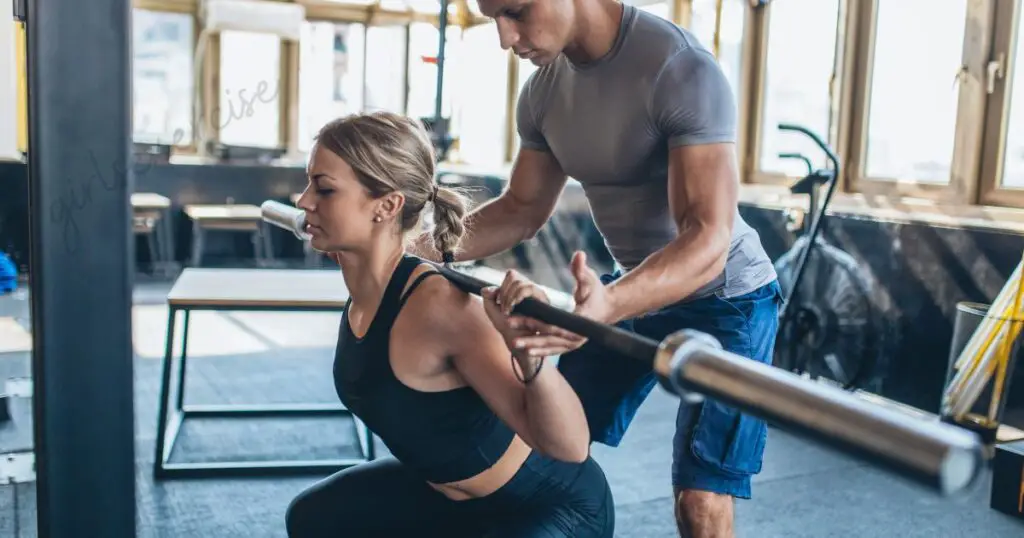
Comprehensive Assessment and Analysis:
Specialized training programs for girls commence with a comprehensive assessment of individual athletes.
This evaluation goes beyond physical attributes, encompassing biomechanical analysis, movement patterns, injury history, and strength imbalances. Through this detailed assessment, trainers gain invaluable insights into each athlete’s unique needs and potential injury risks.
Targeted Strength and Conditioning:
These programs prioritize targeted strength and conditioning exercises tailored to address specific vulnerabilities identified in the assessment phase. Emphasis is placed on exercises that enhance muscular strength, particularly in areas prone to injuries like the knees and hips.
Integrating resistance training, plyometrics, and functional movements allows for a comprehensive approach to building robust musculature and joint stability.
Dynamic Injury Prevention Protocols:
Beyond strength-building, these programs incorporate dynamic injury prevention protocols. This includes agility drills, balance exercises, and proprioceptive training aimed at improving coordination, body awareness, and injury resilience.
By focusing on these elements, athletes develop a heightened ability to react to sudden movements and perturbations, reducing the likelihood of injuries during sports activities. Specialized training programs serve as a finely tuned instrument, meticulously calibrated to align with the unique needs of female athletes.
They’re a fusion of science and athleticism, blending detailed assessments with targeted exercises and injury prevention protocols. These programs are not just about physical training but also encompass a comprehensive approach that considers injury prevention as a fundamental component of athletic development.
The essence of these programs lies in their ability to adapt and evolve. Trainers continuously analyze the athletes’ progress, reassessing their strengths, weaknesses, and injury risks.
This ongoing evaluation enables the modification and refinement of training protocols, ensuring they remain aligned with the athletes’ changing needs and optimizing injury prevention strategies.
These programs instill a culture of proactive health management and injury prevention among female athletes.
By integrating education on proper warm-up routines, recovery strategies, and lifestyle factors that impact injury susceptibility, athletes are empowered to take an active role in their physical well-being, both on and off the field.
Ultimately, these specialized training programs not only minimize injury risks but also foster a resilient and informed athlete community.
Educating On Proper Nutrition:

Optimal Nutrient Intake for Performance:
Educating girls on proper nutrition involves highlighting the pivotal role of nutrients in optimizing athletic performance and reducing the risk of injuries.
Emphasize the importance of a well-balanced diet that provides adequate carbohydrates, proteins, healthy fats, vitamins, and minerals essential for energy production, muscle recovery, and overall health.
Nutritional Strategies for Bone Health:
Specifically targeting bone health, education on nutrition delves into the significance of calcium, vitamin D, magnesium, and other micronutrients crucial for bone strength and density.
Emphasize the role of these nutrients in preventing stress fractures and other bone-related injuries common among female athletes, advocating for a diet rich in dairy products, leafy greens, nuts, and fortified foods.
Hydration and Recovery Strategies:
Proper hydration and post-exercise recovery nutrition play vital roles in injury prevention. Educate girls on maintaining adequate hydration levels before, during, and after physical activities to optimize performance and prevent muscle cramps or heat-related issues.
Emphasize the importance of consuming protein and carbohydrates post-workout to facilitate muscle repair and glycogen replenishment.
Educating girls on proper nutrition extends far beyond simply listing foods to eat; it’s about instilling a deep understanding of how nutrients fuel their bodies and support their athletic endeavors.
It’s about empowering them to make informed choices that not only enhance their performance but also reduce their susceptibility to injuries.
Moreover, this education serves as a foundational pillar for long-term health and wellness. It cultivates habits that extend beyond their athletic careers, promoting a balanced approach to nutrition that supports overall well-being.
By integrating this knowledge into their daily lives, girls can better navigate the nutritional landscape, making choices that fuel their bodies for optimal performance and injury resilience.
Psychosocial Considerations:

Stress Management and Performance:
Psychosocial factors significantly impact injury risk among girls in sports. Explore the relationship between stress, anxiety, and injury susceptibility.
Educate on stress management techniques such as mindfulness, relaxation exercises, or cognitive-behavioral strategies to mitigate the physiological effects of stress on the body, reducing the likelihood of injuries.
Body Image and Injury Risk:
Addressing body image concerns is crucial, as distorted perceptions of body image can lead to unhealthy behaviors that increase injury susceptibility.
Educate on embracing diverse body shapes and sizes, fostering a positive body image culture within sports. This psychological resilience can reduce the risk of injuries stemming from disordered eating or excessive training to conform to societal ideals.
Peer Support and Mental Health Awareness:
Promote the importance of peer support and open dialogue regarding mental health. Cultivate an environment where girls feel comfortable discussing their challenges, whether related to performance pressure, emotional stressors, or mental health concerns.
Encouraging this support network can alleviate psychological stressors that contribute to injury vulnerability and promote overall well-being. Psychosocial considerations are fundamental in injury prevention, acknowledging that mental and emotional well-being significantly impacts physical health.
By addressing stress, and body image concerns, and fostering a supportive environment, this holistic approach ensures that girls not only excel in sports but also thrive mentally and emotionally, reducing the risk of injuries associated with psychological stressors.
Customized Warm-Up And Cool-Down Routines:
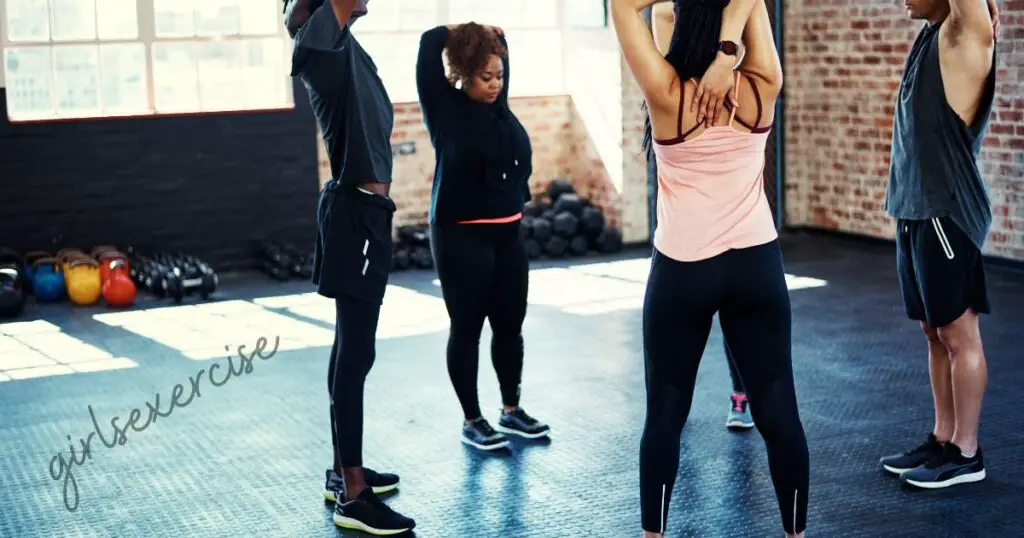
Targeted Dynamic Warm-ups:
Customized warm-up routines cater to the specific needs of female athletes by integrating dynamic exercises that activate muscles and joints crucial for their sport.
Emphasise dynamic stretching, mobility drills, and sport-specific movements to prepare the body for optimal performance while reducing the risk of injuries associated with cold muscles.
Injury Prevention Focus in Warm-ups:
Educate on the role of warm-ups in injury prevention, emphasizing their ability to increase blood flow, improve flexibility, and enhance neuromuscular activation.
Highlight the incorporation of exercises that address common injury-prone areas, such as the knees, ankles, and shoulders, ensuring these vulnerable joints are adequately prepared for physical activity.
Strategic Cool-down Practices:
Customized cool-down routines are equally important. Educate on the significance of gradual recovery post-exercise to aid in reducing muscle soreness, preventing stiffness, and enhancing overall recovery.
Include static stretching, foam rolling, and low-intensity movements to facilitate the body’s return to its pre-exercise state and promote injury-free training sessions. Customized warm-up and cool-down routines serve as crucial bookends to athletic performance.
They’re not merely rituals before and after exercise but strategic practices designed to optimize physical readiness and aid in injury prevention.
By customizing these routines to suit the specific needs and vulnerabilities of female athletes, the risk of injuries associated with inadequate preparation or post-activity recovery is significantly reduced.
Equipment Optimization For Safety:
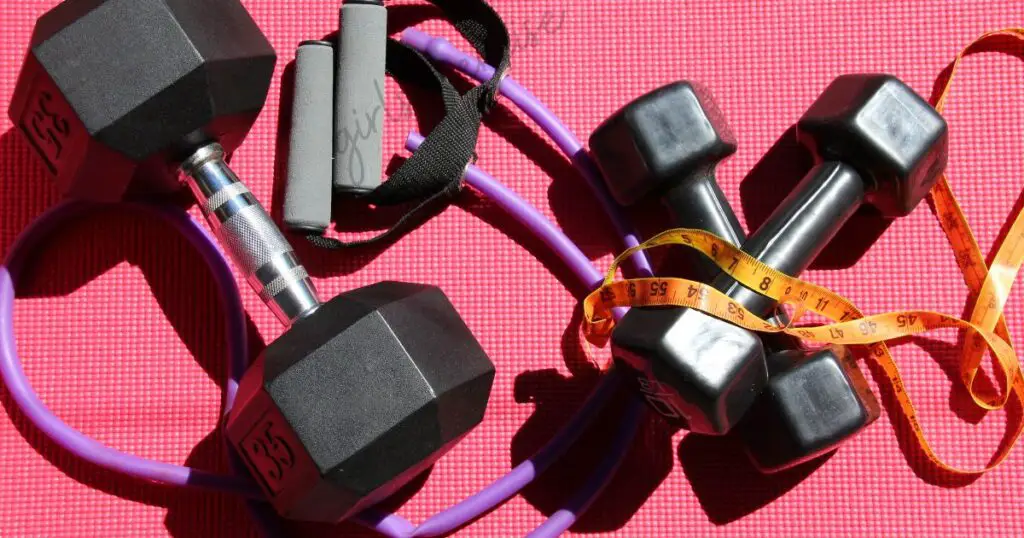
Understanding Proper Equipment Fit:
Optimizing safety through equipment begins with a profound understanding of how gear should fit. It’s not just about wearing protective gear but ensuring it fits perfectly.
Each piece, from helmets to footwear, should align with the athlete’s body, offering maximum protection without compromising movement or comfort. Ill-fitted equipment can lead to compromised safety and increased injury risks.
Tailoring Gear to Female Biomechanics:
Delve into the advancements in sports gear designed specifically for the biomechanics of female athletes. Highlight innovations addressing anatomical differences, such as helmets accommodating hairstyles, footwear catering to narrower feet, or protective gear considering the unique joint angles and muscle distribution in girls. This tailored approach optimizes both safety and performance.
Impact of Equipment Technology:
Explore the technological advancements enhancing equipment safety. From impact-absorbing materials in padding to innovations in helmet design that mitigate concussions, detail how these technological strides are revolutionizing injury prevention.
Explain how equipment technology evolves to provide a protective barrier against potential injuries, adapting to the specific needs of female athletes. Equipment optimization for safety is a multifaceted aspect crucial in mitigating injury risks among female athletes.
It’s not just about wearing gear; it’s about wearing the right gear, tailored to the individual athlete’s body and the demands of their sport. This understanding forms the cornerstone of injury prevention strategies in sports, ensuring that protective equipment not only shields but also enhances performance.
Moreover, optimizing equipment for safety isn’t a static concept; it’s an ongoing evolution. It involves continuous research, development, and integration of innovative materials and designs.
These advancements not only improve the protective capabilities of gear but also adapt to the changing needs and physical nuances of female athletes, ensuring they have access to the best possible protection on the field.
The integration of technology within sports equipment showcases a remarkable synergy between innovation and safety.
It’s about utilizing cutting-edge materials and design principles to create gear that acts as a shield against potential injuries, allowing athletes to perform at their best while feeling secure and confident in their equipment.
This technological fusion brings forth a new era where safety and performance are harmoniously intertwined, enabling female athletes to pursue their passion with reduced injury concerns.
Monitoring Growth And Development:
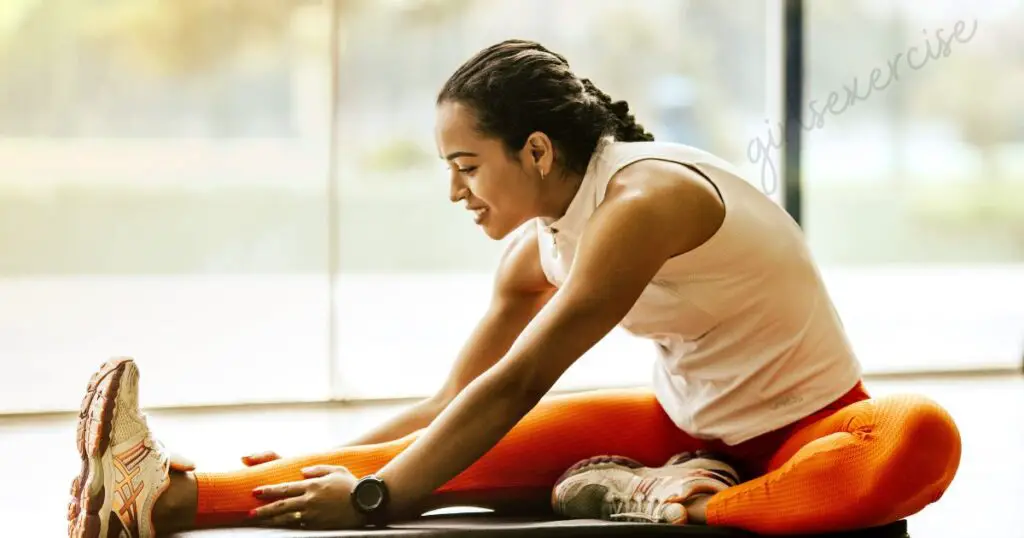
Understanding Physiological Changes:
Monitoring growth and development in female athletes involves a comprehensive understanding of the physiological changes occurring during different stages.
Detail the impact of growth spurts, hormonal fluctuations, and bone development on injury susceptibility. Highlight how these changes affect coordination, balance, and muscle strength, influencing injury risks.
Customizing Training to Developmental Phases:
Discuss the importance of tailoring training programs based on developmental stages. Young athletes undergo rapid changes, and their bodies respond differently to training stimuli at various ages.
Emphasize the need for age-appropriate exercises, gradual progression, and periods of rest to accommodate growth-related adaptations and reduce the risk of overuse injuries.
Incorporating Longitudinal Monitoring:
Longitudinal monitoring involves continuous assessment and tracking of athletes’ growth, ensuring adjustments in training regimens as their bodies evolve.
Emphasize the role of regular assessments, including physical examinations, functional movement screenings, and performance evaluations. This ongoing monitoring allows for timely interventions to optimize performance and prevent injuries.
Monitoring growth and development in female athletes isn’t solely about measuring height or weight; it’s about understanding the intricate changes occurring within their bodies.
It’s about recognizing that these changes impact their physical capabilities and susceptibility to injuries. This understanding forms the foundation for a proactive approach to adapting training protocols to support healthy development and injury prevention.
The customization of training based on developmental phases isn’t just a precautionary measure; it’s a strategic approach. It acknowledges that training methods yielding optimal results for one developmental stage may not suit another.
By aligning training with specific growth phases, coaches and trainers ensure that athletes progress safely, minimizing the risk of injuries caused by training that doesn’t accommodate their changing bodies.
Moreover, longitudinal monitoring offers a holistic view of an athlete’s development. It’s not a one-time assessment but a continuous process that allows for adjustments and interventions in real-time.
This ongoing evaluation is pivotal in maintaining athletes’ health, optimizing their performance potential, and minimizing injuries throughout their athletic journey.
Ultimately, monitoring growth and development empowers coaches, trainers, and athletes themselves to navigate training in a manner that fosters both performance excellence and long-term physical well-being.
Cultivating A Culture Of Communication:
Open Dialogue in Sports Settings:
Creating a culture of communication starts with fostering an environment where athletes, coaches, and support staff feel comfortable expressing concerns and sharing information.
Highlight the importance of open dialogue during training sessions, competitions, and even off-field interactions. Encourage a supportive atmosphere where everyone feels heard and valued.
Early Identification of Concerns:
Emphasize the role of effective communication in the early identification of physical or psychological concerns. Encourage athletes to communicate any discomfort, pain, or emotional challenges they experience.
Stress the significance of coaches and support staff actively listening and observing for signs that may indicate underlying issues needing attention.
Collaborative Decision-Making:
Highlight the benefits of collaborative decision-making in injury prevention. When everyone communicates openly, decisions regarding training modifications, rest periods, or adjustments to routines become a collective effort.
This collaborative approach ensures that athletes’ well-being remains at the forefront of all decisions. Cultivating a culture of communication isn’t just about talking; it’s about listening, understanding, and acting upon the information shared.
It’s about fostering an environment where athletes feel empowered to voice their concerns without fear of judgment. This open dialogue serves as a powerful tool in preempting potential injuries by addressing issues before they escalate.
Effective communication isn’t limited to athlete-coach interactions; it extends to the entire support network surrounding the athletes.
It involves creating channels where parents, medical professionals, and other stakeholders can freely communicate to ensure a comprehensive approach to injury prevention and overall athlete well-being.
Moreover, a culture of communication doesn’t merely prevent injuries; it also builds resilience and camaraderie within teams. When athletes feel heard and supported, it enhances their mental and emotional well-being, indirectly reducing stress-related injury risks.
It fosters a sense of belonging and trust, creating a cohesive unit where everyone works collaboratively towards a common goal of safe and successful participation in sports.
Conclusion:
Understanding the intricacies of injury prevention for girls goes beyond standard safety measures. It involves a comprehensive approach that encompasses physiological differences, specialized training programs, nutrition, psychosocial considerations, customized warm-up and cool-down routines, optimized equipment, monitoring growth, and a culture of communication.
By tailoring strategies to address these specific aspects, a safer and more supportive environment can be cultivated, empowering girls to participate in sports confidently and reducing their susceptibility to injuries.
In essence, injury prevention for girls demands a holistic understanding of their unique physiological, psychological, and developmental aspects.
It necessitates a proactive approach that combines education, targeted training, equipment optimization, and open communication to create a landscape where safety, well-being, and athletic performance harmoniously converge.
Embracing this multifaceted approach not only mitigates the risk of injuries but also nurtures a culture that promotes long-term health, resilience, and success in sports for girls.
Faqs About Injury Prevention For Girls:
Why is injury prevention crucial specifically for girls in sports?
Injury prevention for girls in sports is vital due to their unique physiological differences. Girls often have distinct biomechanics and anatomical structures compared to boys, influencing their susceptibility to certain injuries. Tailored prevention programs can mitigate these risks, ensuring safer and more sustainable participation in sports.
How can specialized training programs benefit injury prevention for girls?
Specialized training programs for girls focus on addressing muscle imbalances, enhancing joint stability, and refining agility. These programs cater to the specific needs of female athletes, reducing the risk of injuries associated with physiological disparities, and thus fostering a safer sports environment.
What role does nutrition play in injury prevention for girls in sports?
Proper nutrition is pivotal in injury prevention for girls. A balanced diet rich in essential nutrients supports bone health, muscle recovery, and overall well-being. Educating girls about nutrition helps fortify their bodies, reducing the likelihood of injuries while optimizing performance.
How do psychosocial factors impact injury susceptibility among girls in sports?
Psychosocial considerations, including stress, body image, and peer support, significantly affect injury risks. Managing stress, promoting positive body image, and fostering a supportive environment reduce psychological stressors that can contribute to injuries among female athletes.
What is the importance of customized warm-up and cool-down routines for injury
prevention in girls?
Customized warm-up and cool-down routines prepare and recover the body, respectively, reducing the risk of injuries. These tailored routines focus on specific exercises that optimize muscle activation, flexibility, and joint mobility, vital for injury prevention among girls.
How does optimized equipment contribute to injury prevention for girls in sports?
Optimized equipment designed specifically for female biomechanics ensures proper fit and safety. Technological advancements in gear, catering to girls’ anatomical nuances, act as a protective barrier, reducing injury risks during sports activities.
Why is monitoring growth and development crucial in injury prevention for girls?
Monitoring growth and development allows for customized training strategies. By accommodating the changes in girls’ bodies during different developmental stages, trainers can mitigate injury risks associated with growth-related adaptations, ensuring safe athletic progression.


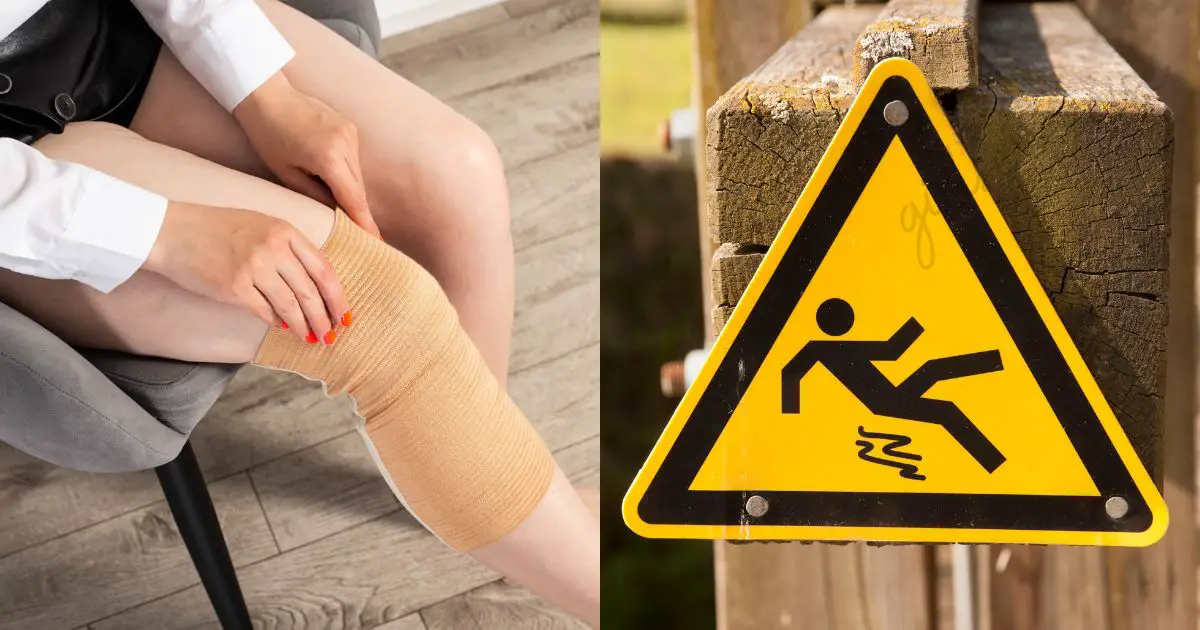

1 thought on “Injury Prevention For Girls”